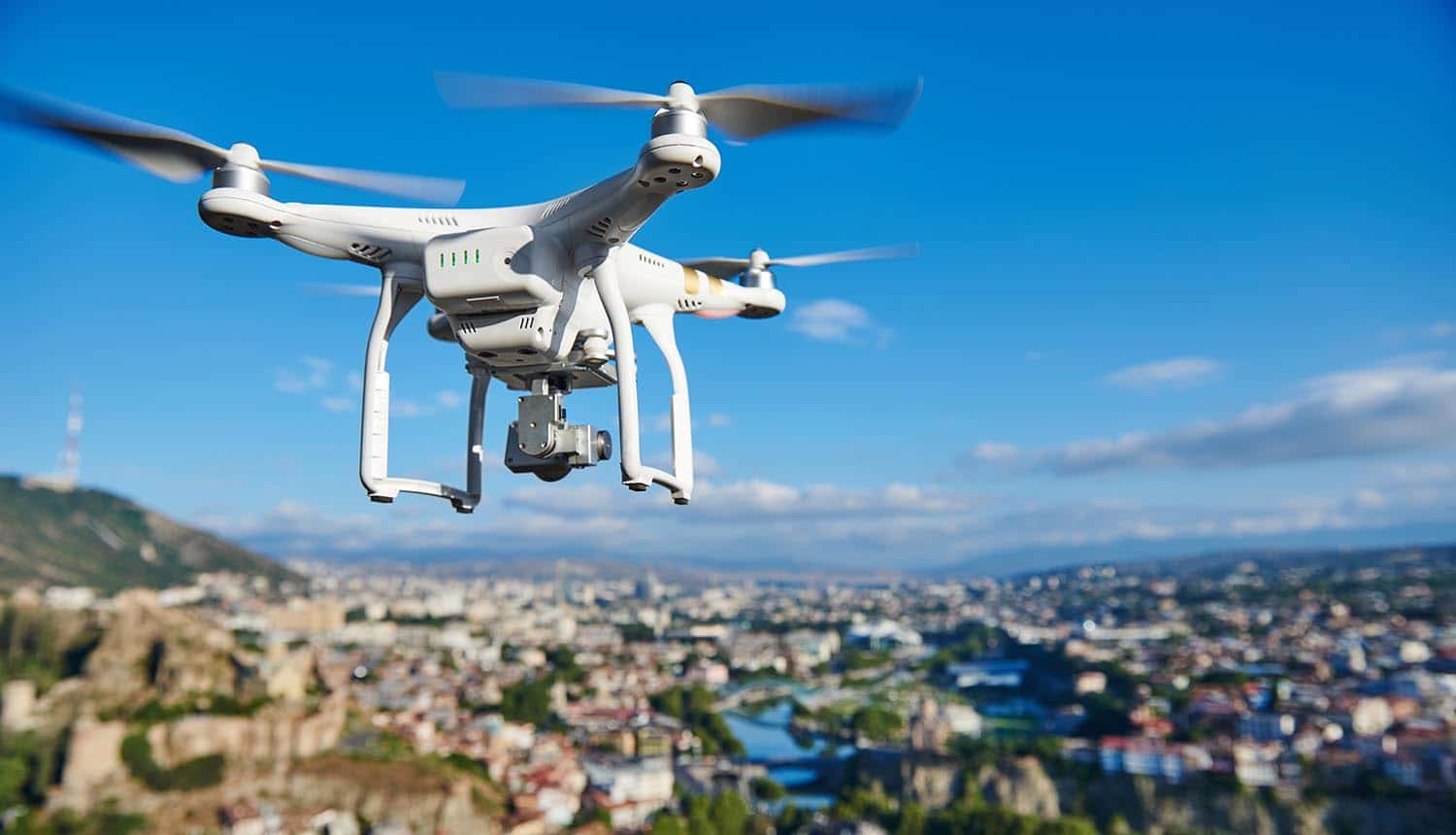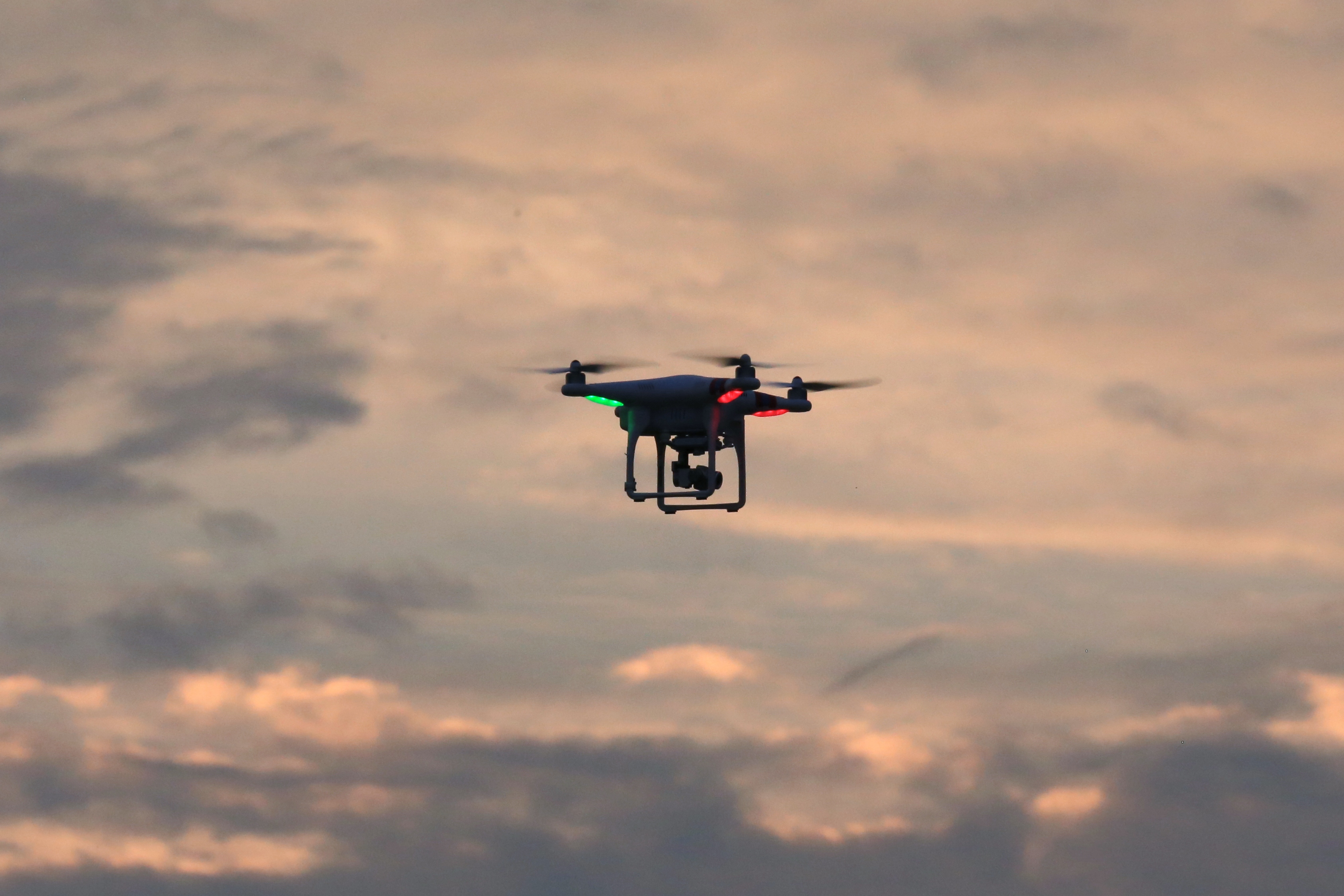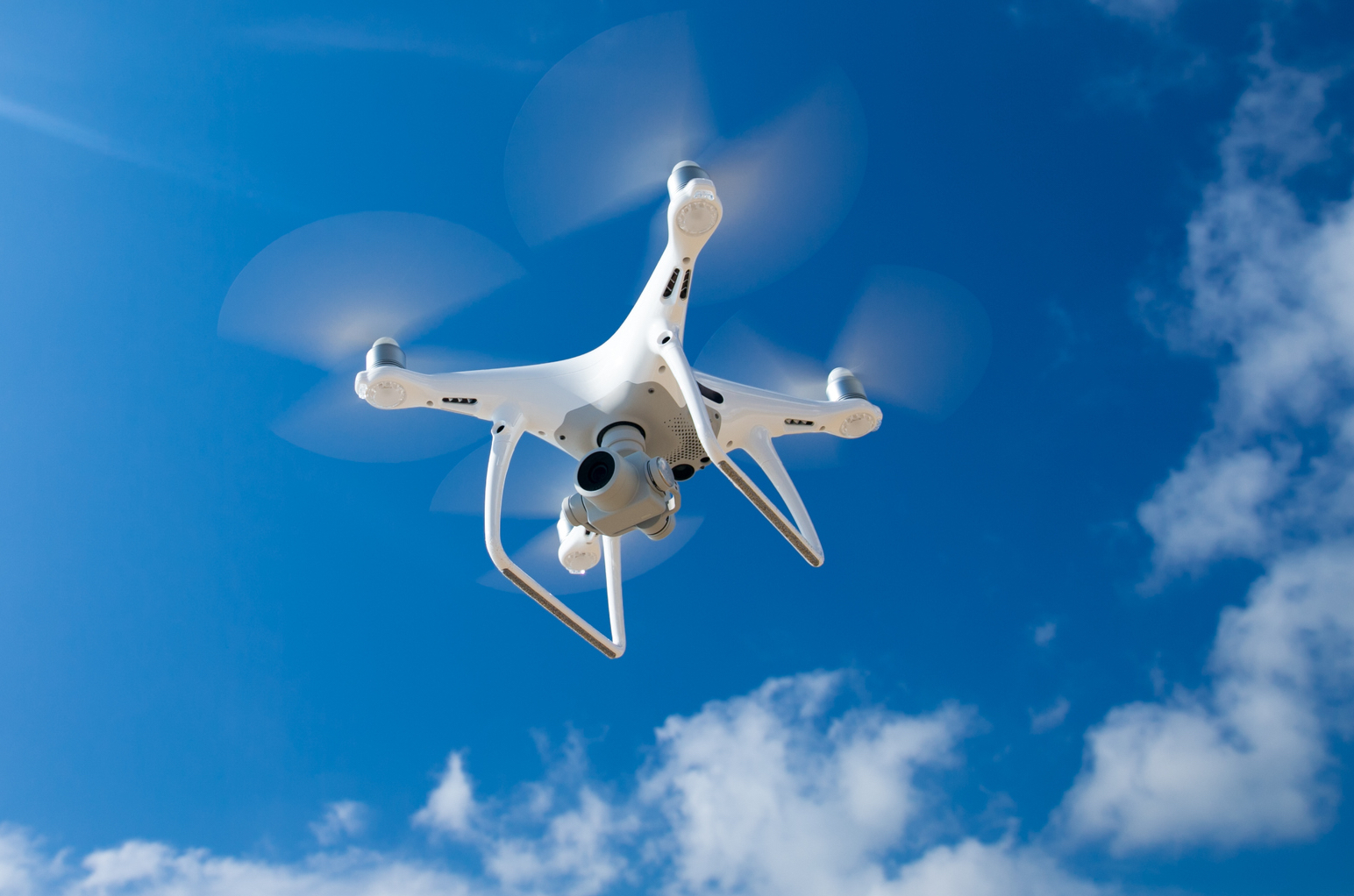Sky elements drones represent a fascinating intersection of technology and atmospheric science. This exploration delves into the intricate relationship between drone operation and various weather conditions, examining how factors like wind speed, temperature, and precipitation impact flight planning, safety protocols, and overall drone performance. We’ll investigate the technological innovations designed to mitigate these challenges and consider the regulatory landscape governing drone use in diverse weather scenarios.
From the impact of thunderstorms on sensor accuracy to the development of drones capable of navigating extreme weather, this discussion provides a comprehensive overview of the challenges and advancements in this rapidly evolving field. We will also consider real-world applications, including aerial photography, delivery services, and search and rescue operations, showcasing both the potential and limitations of drone technology in the face of varying atmospheric conditions.
Sky Elements: Defining the Scope
Understanding the impact of atmospheric conditions on drone operations is crucial for safe and efficient flight. This section details the key sky elements influencing drone performance and the subsequent implications for flight planning and safety protocols.
Atmospheric Conditions and Their Impact on Drone Performance
Several atmospheric factors significantly affect drone flight. These include wind speed and direction, temperature, precipitation (rain, snow, hail), humidity, and visibility. Strong winds can cause instability and drift, while extreme temperatures can affect battery performance and sensor accuracy. Precipitation can reduce visibility and damage drone components, and low visibility due to fog or other atmospheric phenomena significantly limits operational capabilities.
| Sky Element | Impact on Drone Performance | Flight Planning Considerations | Safety Protocols |
|---|---|---|---|
| Wind Speed & Direction | Increased drift, reduced stability, potential for damage | Avoid high-wind conditions; plan flights for periods of low wind; consider wind direction for takeoff and landing | Monitor wind speed and direction continuously; use windbreaks when necessary; have backup plans in case of strong winds |
| Temperature | Battery performance degradation at extreme temperatures; potential for sensor malfunction | Plan flights during optimal temperature ranges; consider battery life and charging requirements | Monitor battery temperature; use appropriate battery management techniques; have spare batteries readily available |
| Precipitation | Reduced visibility; potential for water damage to electronics; increased weight | Postpone flights during heavy precipitation; consider using waterproof drones or protective coverings | Inspect drone for water damage after flights in wet conditions; allow drone to dry completely before storage |
| Humidity | Can affect sensor accuracy and increase the risk of condensation | Consider humidity levels when planning flights, especially for sensitive sensor applications | Allow drone to acclimatize to changing humidity levels; use desiccant packs to minimize condensation |
For example, a drone performing aerial photography in a mountainous region needs to account for variable wind speeds and potential turbulence at higher altitudes. Similarly, a delivery drone operating in a rainy environment requires waterproof components and potentially alternative flight paths to avoid obstacles obscured by rain.
Drone Technology and Sky Elements Interaction
Modern drone technology incorporates various features to mitigate the effects of adverse weather conditions. This section explores how technological advancements enhance drone resilience and operational capabilities in challenging environments.
Impact of Weather Phenomena on Drone Sensor Performance
Adverse weather significantly impacts drone sensor performance. Thunderstorms can cause electrical interference and damage sensitive components. Fog and heavy precipitation reduce visibility, hindering the effectiveness of optical and infrared sensors. Strong winds can introduce noise and inaccuracies into sensor readings. For instance, a LiDAR sensor used for 3D mapping may experience reduced accuracy in foggy conditions, leading to incomplete or inaccurate data collection.
Technological Advancements Mitigating Adverse Sky Element Effects
Several technological advancements enhance drone resilience to adverse weather. These include improved waterproofing and sealing of components, advanced sensor technologies with better noise reduction and signal processing, and the integration of obstacle avoidance systems using multiple sensor inputs. Advanced GPS and inertial navigation systems help maintain stability and position accuracy in strong winds. For example, the use of sophisticated image processing algorithms can enhance visibility in fog or low-light conditions.
Drone Designs and Weather Resilience

Different drone designs offer varying levels of resilience to specific weather conditions. Key design features and their benefits are Artikeld below:
- Waterproof/Water-resistant casing: Protects internal components from rain, snow, and humidity.
- Advanced propeller designs: Improves efficiency and stability in high winds.
- Redundant sensor systems: Ensures continued operation even if one sensor fails.
- Heated batteries: Maintains battery performance in cold temperatures.
- Improved GPS and IMU: Provides accurate position and orientation data even in challenging conditions.
Regulations and Safety Considerations
Operating drones in challenging weather conditions necessitates strict adherence to regulations and safety protocols. This section Artikels key regulatory frameworks and essential safety measures.
Regulatory Frameworks Governing Drone Operations in Diverse Weather Conditions
Regulations governing drone operations vary by country and region. Generally, regulations restrict drone flights in conditions that compromise safety, such as low visibility, strong winds, or thunderstorms. Pilots are expected to assess weather conditions before and during flight and comply with all applicable regulations. Failure to do so can result in penalties and legal repercussions.
Sky elements drones are increasingly utilized for spectacular aerial displays, pushing the boundaries of what’s possible in drone technology. For a prime example of this innovative technology in action, check out the impressive visuals at the orlando drone show , a truly captivating event. The advancements showcased there directly impact the future development of sky elements drones and their applications.
Safety Measures for Drone Operations in Challenging Sky Elements
Safety is paramount when operating drones in challenging weather. Pilots must adhere to strict pre-flight checks, monitor weather conditions continuously, and have contingency plans in place. Understanding the limitations of the drone and its sensors is critical. Maintaining a safe distance from obstacles is also crucial, especially in conditions with reduced visibility.
Best Practices for Weather-Related Pre-Flight Checks
- Check the weather forecast for the entire flight duration.
- Assess wind speed, direction, and gusts.
- Inspect drone for any damage or water ingress.
- Ensure batteries are fully charged and operating within optimal temperature ranges.
- Verify sensor functionality and accuracy.
- Plan alternative flight paths or postpone the flight if conditions are unfavorable.
Applications and Use Cases
Various drone applications are significantly affected by sky elements. This section explores examples and Artikels challenges and potential solutions.
Drone Applications Impacted by Sky Elements
Aerial photography and videography are heavily impacted by weather. Cloud cover, fog, and rain can significantly reduce image quality. Delivery services face delays and potential safety risks in inclement weather. Search and rescue operations are hindered by low visibility and strong winds. Agricultural drone applications, such as crop monitoring and spraying, are also affected by precipitation and strong winds.
Scenario: Unfavorable Sky Elements Impacting a Drone Mission
Consider a search and rescue mission in a mountainous region during a blizzard. Heavy snowfall reduces visibility, strong winds create turbulence, and low temperatures affect battery life. Challenges include navigating through the blizzard, maintaining communication with the base station, and ensuring the drone’s safe return. Potential solutions include utilizing drones with advanced sensor systems for improved visibility in low-light conditions, implementing robust communication protocols, and using heated batteries to extend flight time.
Sky elements drones, known for their robust design and advanced features, are increasingly used in various applications. However, the safety of drone operations remains paramount, as highlighted by a recent incident; you can read more about a specific florida drone accident to understand the potential risks. Understanding such incidents is crucial for improving the safety protocols surrounding sky elements drones and similar technologies.
Technological Advancements Expanding Drone Operational Envelope
Technological advancements such as advanced sensor fusion, AI-powered obstacle avoidance, and improved battery technology are expanding the operational envelope of drones in various weather conditions. These improvements enable safer and more efficient operations in previously inaccessible or challenging environments.
Future Trends and Innovations

Future technological developments promise to further enhance drone resilience to extreme weather. This section explores potential advancements and their impact.
Future Technological Developments Improving Drone Resilience, Sky elements drones

Future drones may incorporate self-healing materials to repair minor damage caused by hail or collisions with debris. Advanced propulsion systems could provide better stability and efficiency in high winds. Improved sensor technologies will enhance visibility in challenging weather conditions.
Role of AI and Machine Learning in Enhancing Drone Autonomy
AI and machine learning will play a crucial role in enhancing drone autonomy and decision-making in adverse weather conditions. AI-powered systems can analyze weather data, predict potential hazards, and adapt flight plans accordingly. They can also autonomously navigate through obstacles and adjust flight parameters to maintain stability and safety.
Hypothetical Future Drone for Extreme Weather Navigation

Imagine a future drone with a robust, self-healing carbon fiber chassis, equipped with advanced LiDAR and radar sensors for 360-degree obstacle avoidance in low visibility. It features a sophisticated AI system capable of analyzing real-time weather data, predicting turbulence, and autonomously adjusting its flight path to avoid hazards. The drone incorporates a redundant power system with high-capacity, temperature-resistant batteries and advanced propulsion systems for superior stability in high winds.
Sky elements drones offer exciting possibilities for aerial photography and data collection. However, coordinating their flights safely requires careful planning, much like tracking Santa’s journey; you might find the norad santa tracker phone number helpful for understanding complex logistical tracking. Returning to drones, advanced models now integrate sophisticated obstacle avoidance systems, enhancing safety and efficiency during operations.
This drone could be deployed for critical missions such as search and rescue operations or infrastructure inspections during extreme weather events.
The integration of drones into various sectors hinges on their ability to operate reliably across diverse weather conditions. While technological advancements continuously enhance drone resilience to adverse sky elements, understanding and mitigating these challenges remains crucial. This exploration highlighted the complex interplay between drone technology, atmospheric conditions, and regulatory frameworks, emphasizing the importance of safety protocols and continuous innovation to expand the operational envelope of drones in all weather.
Commonly Asked Questions: Sky Elements Drones
What is the maximum wind speed a typical drone can withstand?
This varies significantly depending on the drone model and design. Consult the manufacturer’s specifications for precise wind tolerance limits.
How does rain affect drone batteries?
Exposure to rain can damage drone batteries, leading to reduced performance or even failure. Always protect your drone from precipitation.
Are there specific insurance requirements for drone operations in adverse weather?
Insurance requirements depend on location and operational context. Check with your local aviation authority and insurance provider for specific guidelines.
What are the legal ramifications of flying a drone in restricted airspace during inclement weather?
Flying in restricted airspace is illegal regardless of weather conditions and can result in significant penalties.